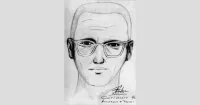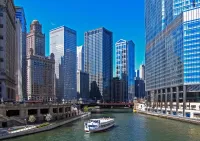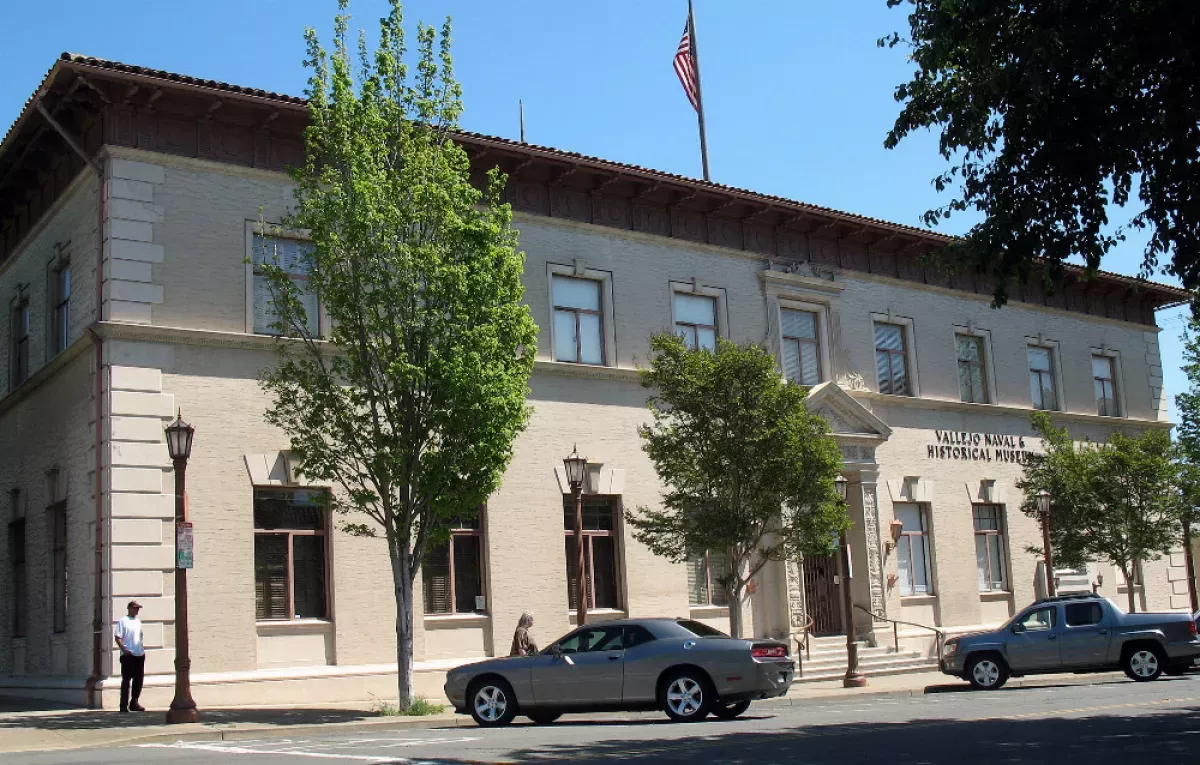Vallejo, the second largest city in the Bay Area's North Bay region, is situated in Solano County, California, along the San Pablo Bay. As of the 2020 census, the city's population was 126,090. Vallejo is notable for hosting institutions such as the California Maritime Academy, Touro University California, and the amusement park Six Flags Discovery Kingdom.
1908: Vallejo Baseball Team Reaches State Title Game
In 1908, Vallejo's Class D minor-league baseball team, featuring future Chicago White Sox player Ping Bodie, competed in the California state title game.
1996: Closure of Mare Island Naval Shipyard
After operating for over a century, the Mare Island Naval Shipyard in Vallejo was closed in 1996.
2000: Filipino Population in Vallejo
As of 2000, individuals of Filipino descent constituted a significant portion of Vallejo's population, making up 20.74% of the city's residents.
2000: Growth of Vallejo's Gay Community and Backlash
During the 2000s, Vallejo experienced an influx of gay and lesbian individuals from San Francisco, leading to a growth in the city's openly gay community. However, this period also saw a noted backlash against this community.
2000: 2000 United States Census Demographics of Vallejo
The 2000 United States Census reported Vallejo's population at 116,760, with 39,601 households and 28,235 families. The data provided a snapshot of the city's racial and ethnic composition at that time.
April 2004: Zodiac Killer Case Marked Inactive
The unsolved Zodiac Killer case, with several murders linked to Vallejo and nearby areas, was officially designated as inactive by law enforcement in April 2004.
March 2007: Zodiac Killer Case Reopened
After being inactive for nearly three years, the Zodiac Killer case was reopened by authorities in March 2007.
May 6, 2008: Vallejo Files for Bankruptcy
The City Council of Vallejo voted to file for Chapter 9 bankruptcy on May 6, 2008, making it the largest California city to do so at the time.
2008: Vallejo's Bankruptcy Filing
In 2008, the city of Vallejo took the significant step of declaring bankruptcy.
2009: Vallejo's Population Ranking
By 2009, Vallejo had become the 9th largest city in the San Francisco Bay Area, 48th in California, and 215th in the U.S. based on its population.
2009: ACLU Lawsuit and Settlement
Following the backlash against the LGBTQ+ community, the ACLU threatened a lawsuit against the Vallejo school district for alleged harassment of a lesbian student. The lawsuit resulted in a settlement where the school agreed to implement a stricter non-discrimination policy, pay the student $25,000, and incorporate LGBTQ+-inclusive curriculum.
2010: 2010 United States Census Records Vallejo's Population
According to the 2010 United States Census, Vallejo had a population of 115,942, with a population density of 2,340.3 people per square mile.
2010: Start of Period with High Rate of Police Killings
Between 2010 and 2020, Vallejo police killed 19 people, marking a period with a significantly higher rate of police killings compared to the national average.
2010: 2010 United States Census Highlights Vallejo's Diversity
The 2010 United States Census data, which served as the basis for a 2012 diversity study, highlighted Vallejo's diverse population composition.
November 1, 2011: Vallejo Emerges from Bankruptcy
After spending nearly three years navigating bankruptcy proceedings, Vallejo was officially released from its bankruptcy status by a federal judge on November 1, 2011.
2011: Bankruptcy Declaration Lifted, Concerns Remain
Although a judge lifted Vallejo's bankruptcy declaration in 2011, analysts raised concerns that the city might face another bankruptcy. The city's failure to adequately address its substantial public pension expenses was cited as a primary reason for these worries.
April 17, 2012: Vallejo Approves Participatory Budgeting
In a groundbreaking move, the Vallejo City Council approved the nation's first citywide participatory budgeting (PB) process on April 17, 2012. The initiative allocated $3.4 million, allowing residents and business owners to propose, refine, and ultimately vote on community projects.
2012: Vallejo Ranked Most Diverse City in the U.S.
Based on 2010 census data, a study conducted by Brown University in 2012 determined Vallejo to be the most diverse city in the United States.
2012: Police Shootings Account for Significant Portion of Homicides
In 2012, police shootings made up six out of the 20 homicides in Vallejo, with the frequency of officer-involved shootings approximately 38 times the national rate.
May 18, 2013: Vallejo Holds Participatory Budgeting Vote
From May 11 through May 18, 2013, Vallejo residents aged 14 and above had the opportunity to cast their votes on six out of 36 pre-selected projects. These projects had emerged from an initial pool of over 800 ideas submitted and reviewed by the community.
February 4, 2014: Second Cycle of Participatory Budgeting
Vallejo launched its second cycle of participatory budgeting on February 4, 2014, allocating $2.4 million for public projects.
October 2014: Public Vote on Budget Allocations
In October 2014, Vallejo held a public vote to determine the allocation of $2.4 million for local projects, with all residents aged 16 and older eligible to participate.
2017: Niche Study Ranks Vallejo Most Diverse in California
In 2017, a study by Niche using 2017 American Community Survey data, designated Vallejo as the most diverse city in California.
2019: Fatal Shooting of Willie McCoy
Willie McCoy was fatally shot by six Vallejo police officers in 2019, contributing to the city's high rate of police killings.
2020: Shooting of Sean Monterrosa
During protests following the murder of George Floyd in 2020, Sean Monterrosa was shot and killed by Vallejo police while unarmed.
2020: Consulting Firm Hired to Address Police Killings
In 2020, following public outcry over police killings, the Vallejo Police Department hired a consulting firm to analyze the issue and recommend solutions.
2020: 2020 United States Census
The 2020 United States Census recorded Vallejo's population to be 126,090.
September 2022: Registered Voters in Vallejo
Statistics from September 2022 showed that Vallejo had 69,546 registered voters. The majority of these voters, 58.7%, identified as Democrats, followed by 22.4% with no party preference, and 12.6% as Republicans.
November 2022: Solano County Board of Supervisors Representation
As of November 2022, Erin Hannigan and Monica Brown served as the representatives for Solano County Board of Supervisors Districts 1 and 2, respectively, which includes residents of Vallejo.
2022: Limited Implementation of Recommendations on Police Killings
By 2022, reports from the Vallejo Free Press and ProPublica indicated that only two out of 45 recommendations from the consulting firm, endorsed by the California attorney general, had been fully implemented by the Vallejo Police Department.
2022: Top Employers in Vallejo
The city of Vallejo's 2022 Annual Comprehensive Financial Report provided insights into the leading employers within the city's economy.
2022: Vallejo Again Named Most Diverse Small Town
Vallejo continued to be recognized for its diversity in 2022, earning the title of "Most Diverse Small Town in America" with a high likelihood of residents belonging to different census racial categories.
February 2023: Composition of Vallejo City Council
As of February 2023, the Vallejo City Council was composed of Robert McConnell (Mayor), Rozanna Verder-Aliga (Vice Mayor), Diosdado "JR" Matulac, Mina Loera-Diaz, Charles Palmares, Peter Bregenzer, and Cristina Arriola.
2023: Vallejo Sun Highlights High Rate of Police Killings
A 2023 Vallejo Sun story called attention to the Vallejo Police Department's high rate of killings, describing it as "one of California’s most deadly."
Mentioned in this timeline
California is a U S state on the Pacific Coast...

The Zodiac Killer an unidentified serial killer active in Northern...

San Francisco is a major commercial financial and cultural hub...

Chicago is the most populous city in Illinois and the...

September is the ninth month of the year in the...
Trending

2 months ago LoL Worlds 2025: T1 vs Gen.G Final Forecasted to Break Viewership Records
1 month ago Priah Ferguson discusses girlhood, growth, Stranger Things goodbye, and Erica spinoff possibilities.

25 days ago Immigration Crackdown in New Orleans: Federal Action and Immigrant Concerns Emerge.

2 months ago Sadie Sink avoids Spider-Man spoilers, shows abs. Holland's mistakes provide lessons.

8 months ago Adam Sandler in 'Jay Kelly' with George Clooney; Rival movie releases compared.

26 days ago Hayley Williams Excludes Racist, Sexist, and Transphobic Fans from Her Shows.
Popular

XXXTentacion born Jahseh Dwayne Ricardo Onfroy was a controversial yet...

Stranger Things created by the Duffer Brothers is a popular...
The Kennedy Center Honors are annual awards recognizing individuals and...
Turning Point USA TPUSA is an American nonprofit organization founded...

Candace Owens is an American conservative political commentator and author...

William Franklin Graham III commonly known as Franklin Graham is...
